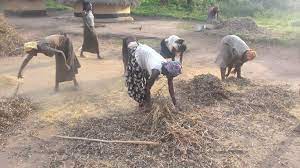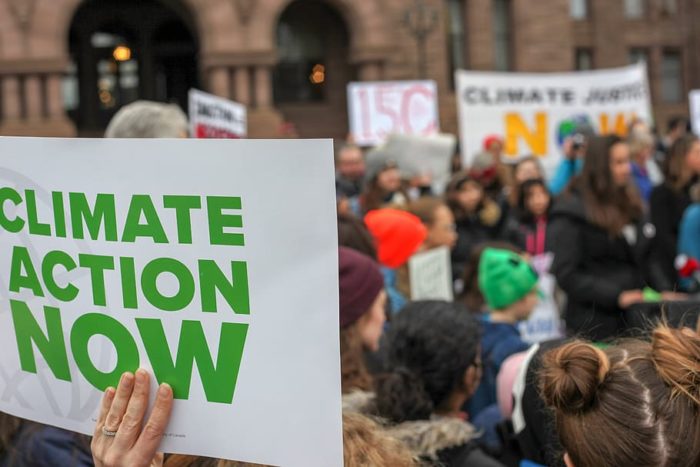In a stark warning released Monday (2/28/22) by the Intergovernmental Panel on Climate Change, the UN convened panel of 270 scientists for the first time painted not only a terrifying future, but an alarmingly dire present as well. Without drastic intervention, the report makes clear that global warming may have already outpaced the world’s ability to adapt.
The nearly 3,500 page report represents the second tranche in what is set to be a three tranche statement by the world scientific community assessing the current state of global warming, humanity’s vulnerability to it and ability to adapt, and (later) a synthesis thereof. Here are three key takeaways:
- Inability to adapt will likely create dislocation on a global scale.

As the global temperature warms, the resulting sea level rise—coupled with the effects of heightened drought, flash flooding, wildfire, and food supply shortages—will threaten human communities worldwide. The costs of protecting coastal communities from devastating storms and floods will become more than many countries can afford, and the result will be a humanitarian crisis of mass migration, with especially heavy impacts to citizens of poorer countries.
According to The Washington Post’s assessment of the report, “In the past decade, the average number of deaths from floods, droughts and storms in countries considered “highly vulnerable” was 15 times higher than in places with low vulnerability, such as the United Kingdom, Canada and Sweden.”
2. Food shortages and water scarcity will become more acute.

Without immediate efforts to deeply reduce greenhouse gas emissions, by the year 2050 as many as 3 billion people worldwide will be facing chronic water scarcity due to drought. Further, nearly 8 percent of the world’s available farmland will have become unsuitable for growing food, and close to 3 quarters of the world’s coral reefs—critical to sustaining fish populations relied on by millions—will be lost to bleaching. The result will be massive food insufficiency, also borne profoundly by the world’s poorest communities.
As stated in the press release that accompanied the report’s release, “Increased heatwaves, droughts and floods are already exceeding plants’ and animals’ tolerance thresholds, driving mass mortalities in species such as trees and corals. These weather extremes are occurring simultaneously, causing cascading impacts that are increasingly difficult to manage. They have exposed millions of people to acute food and water insecurity, especially in Africa, Asia, Central and South America, on Small Islands and in the Arctic.”
3. Despite scientific consensus, communities are continuing to develop in ways that increase their vulnerability.

Compounding the grave problems of dislocation and food and water insufficiency, human communities around the globe continue to develop in ways that are increasing their vulnerability to climate shock. Millions of people continue to move into the sea level areas that are most at risk for flooding, while current farming and irrigation practices deplete groundwater and freshwater resources that may be irreplaceable. And while the governments of high income, industrialized nations pledged more than a decade ago to provide hundreds of billions in funds to help developing nations shift to cleaner energy sources adapt to climate change, “a report last year for the UN concluded that “the only realistic scenarios” showed the $100-billion target was out of reach. “We are not there yet,” conceded UN secretary-general António Guterres.”

